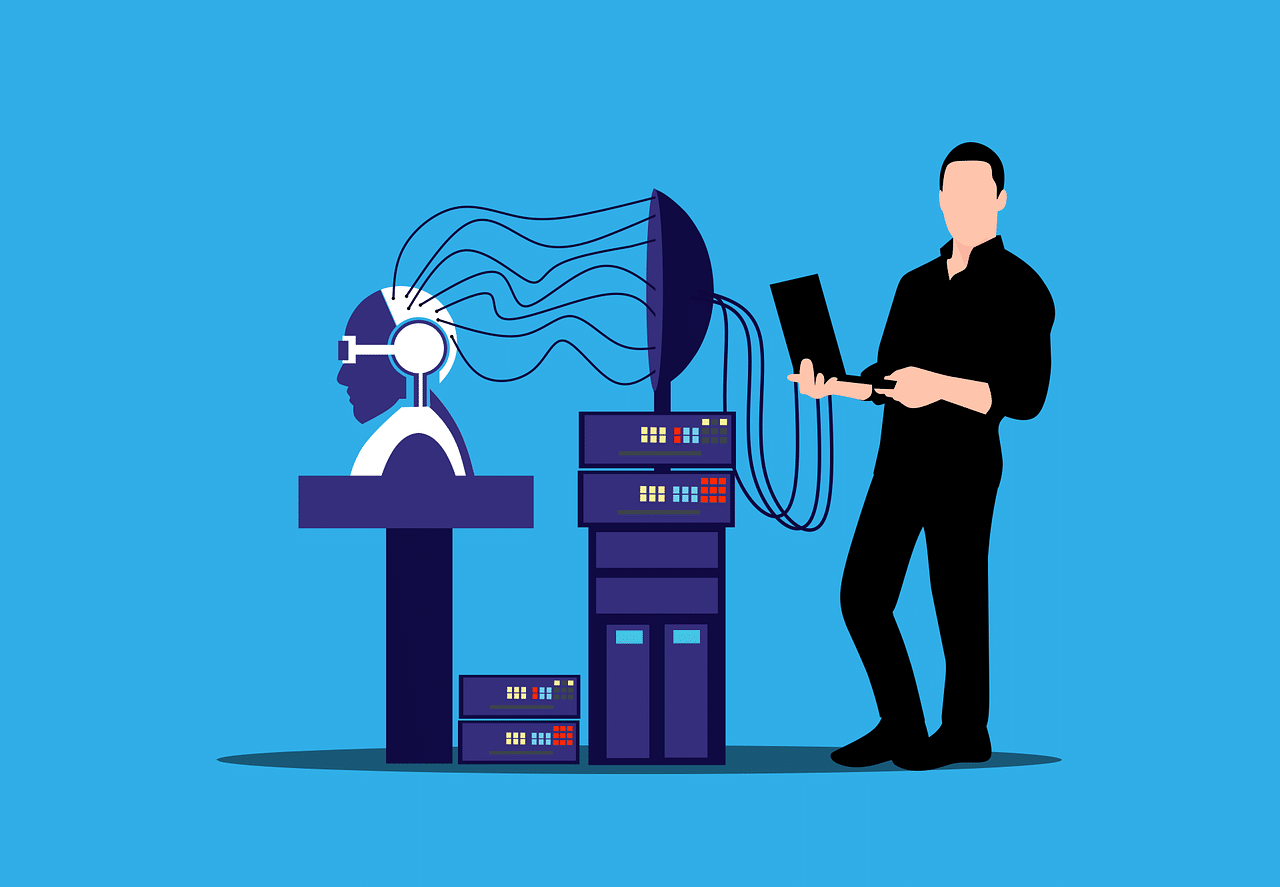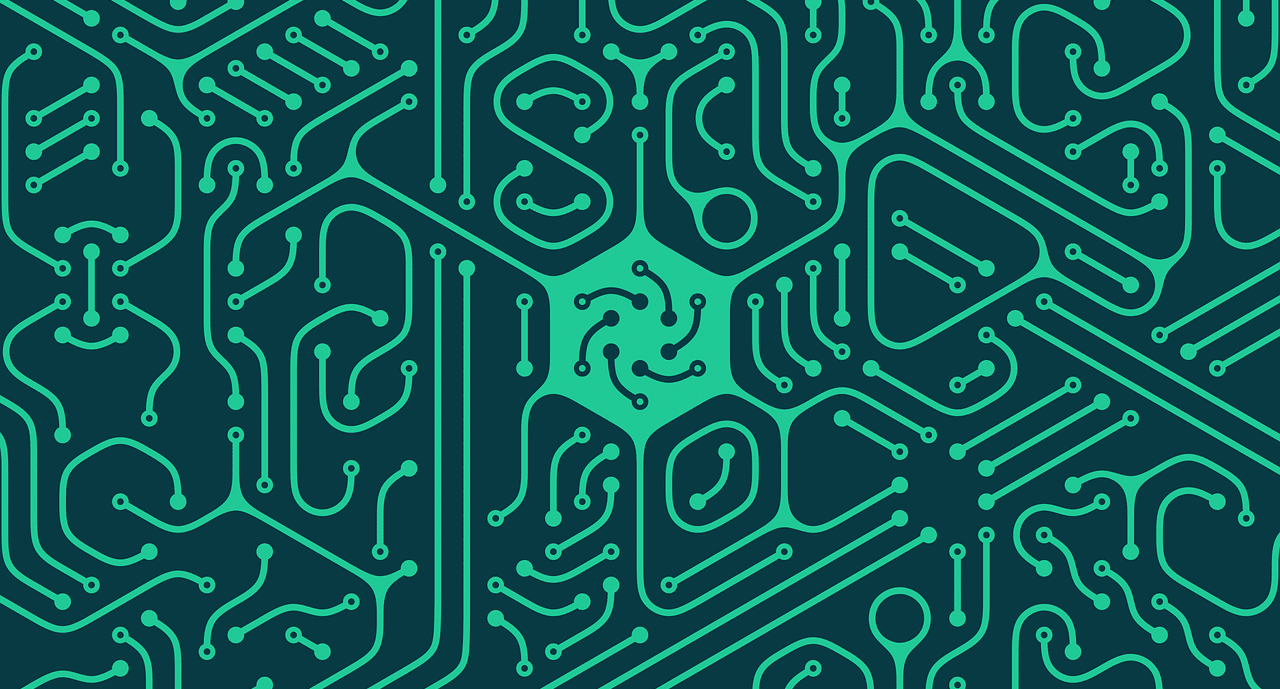
A system can optimize its operation thanks to machine learning.
Machine learning is an area of artificial intelligence ( AI ) that specializes in the use of algorithms and data so that a system can imitate the way people learn . This field, also recognized as a discipline that is part of computer science , is also referred to as machine learning .
It should be noted that learning is associated with acquiring knowledge or skills. The automatic , meanwhile, is that which works by itself, without a human being having to intervene directly or constantly.
Through machine learning, therefore, a machine can learn even when it was not explicitly programmed to do so. The device must be prepared to identify patterns among the data it processes, so that it can make forecasts and predictions based on said processing.
History of machine learning
The history of machine learning is built through multiple advances and discoveries in mathematics. Bayes' theorem , postulated by the Englishman Thomas Bayes ( 1701 – 1761 ), is usually mentioned as the starting point since it indicates the probability that an event occurs based on the analysis of preceding conditions that could be linked to the event in question. question.
Much later, computer programming emerged: instructions for computers to execute certain actions. Already in the 1940s , Alan Turing began to reflect on the possible thinking capacity of machines, autonomously replicating certain acts typical of human beings.
The evolution towards machine learning continued with research into neural networks and how biology could be applied to the creation of intelligent machines. This led to artificial neural networks , with nodes that are interrelated for the transmission and processing of data.

Machine learning in recommendation systems allows each user to receive personalized suggestions based on their preferences and habits.
First experiences
Finally, the first machine learning process was achieved in 1951 when Marvin Minsky and Dean Edmonds from the Massachusetts Institute of Technology ( MIT ) were able to design software with the ability to learn from their experiences to find the way out of a maze. The novelty was that the system was not programmed to find this exit, but rather was able to discover it based on cases that were provided to it.
Beyond this achievement, machine learning encountered two major initial difficulties: the low computing power of those years and the low availability of large amounts of data . That is why the first systems were not in a position to solve complex problems.
Machine learning only had a renewed boost at the end of the 20th century with the massification of the Internet (which increased the information available) and the growth of computing power. In 1997 , for example, IBM 's Deep Blue supercomputer managed to beat the world chess champion, Garry Kasparov . The milestone was made possible thanks to the subcategory of machine learning known as deep learning , which causes the system to train itself to optimize the use of data.

While data mining is based on the discovery of information in data, machine learning consists of teaching a system to make decisions based on data.
How machine learning works
Machine learning is based on pattern recognition . As data processing is carried out, the system learns to make inferences from new information it receives and with which it has not been trained.
This is possible thanks to statistics and algorithms . Machines, which can currently work with what is known as big data , analyze the information and, when faced with a certain problem, deduce what is the best result.
In this data analysis and processing, each computer extracts features and carries out a classification that allows it to then make predictions and discover specific data.
To create machine learning algorithms and models, platforms or libraries such as PyTorch , TensorFlow , Keras and Scikit-learn are used.
Classification according to type
There are several types of machine learning, which are associated with machine learning models. In supervised learning , for example, labeled data is used to train algorithms. The system, in this framework, adapts according to the introduction of data.
Unsupervised learning , on the other hand, consists of grouping unlabeled data. Algorithms look for hidden patterns by analyzing differences and similarities.
Semi-supervised learning , meanwhile, uses small sets of labeled data to guide the processing of larger sets that present data without labels. Another modality is reinforcement learning , which is carried out through trial and error until reaching the way to execute a task.
The applications of machine learning
The applications of machine learning are varied. Machine learning is used to classify spam (by diverting spam to a different folder in the inbox), segment customers (by creating groupings based on their characteristics), and recognize images (by detecting patterns), to name a few possibilities. .
Natural language processing ( NLP ) for automatic transcription and speech recognition ; chatbots that provide customer service; recommendation engines ; and computer vision are also possible thanks to machine learning.
